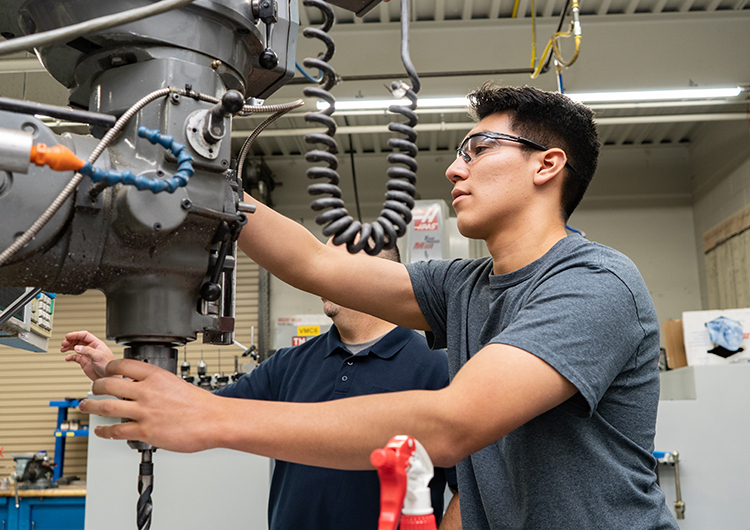STEM and Skilled Trades

Making the World Run
Are you interested in how things work and working with your hands and mind? In Manufacturing, think critically and then apply your knowledge to the real world. Learn how to fabricate, modify, repair, or maintain mechanical instruments, tools, and industrial machines while applying knowledge in mechanics, mathematics, metal properties, and more.
Discover options for apprenticeships during or after high school, and find out which field you want to pursue—from welding to engineering, you can make the world run better and smarter.
In the first year, you’ll learn basic manufacturing skills that apply to industries across all Washington industrial sectors. This includes the use and safety of shop equipment, precision measuring, material science, print reading, and extensive record-keeping.
Year two focuses on local area industries in advanced manufacturing, leading students to participate in WA State-approved apprenticeships while enrolled in high school. Our apprentice opportunities are growing, and we’re partnering with local businesses so that students like you will have options to go from high school right into a manufacturing career.
Scholarship opportunity:
The Pathways to Perry Program is offering a $1,000 scholarship to Perry Tech if you complete four classes in this program. Please contact the program lead for more information.

